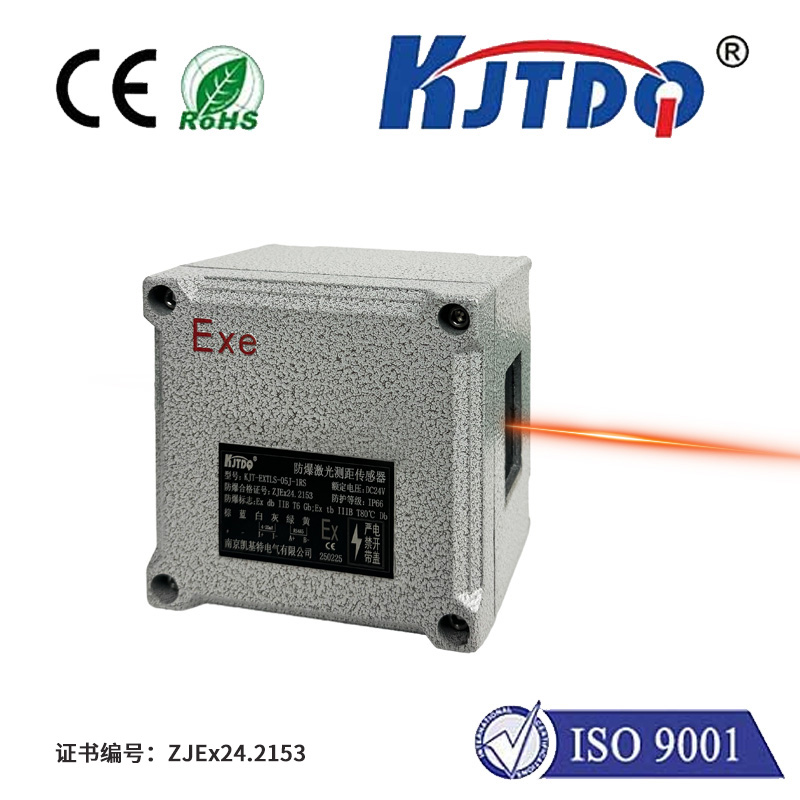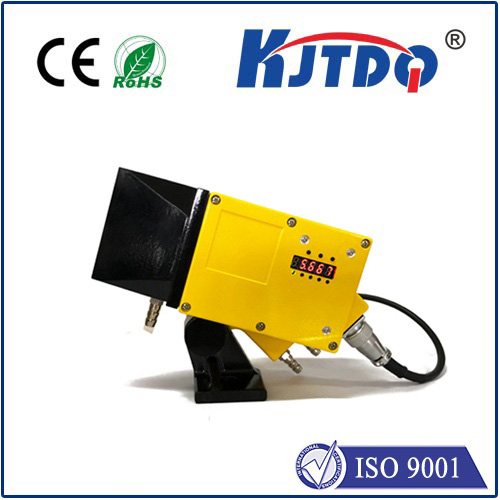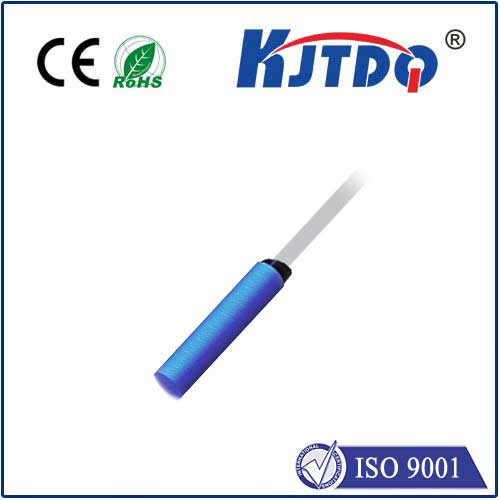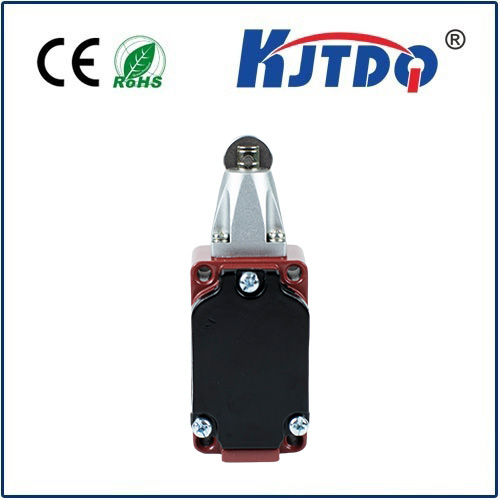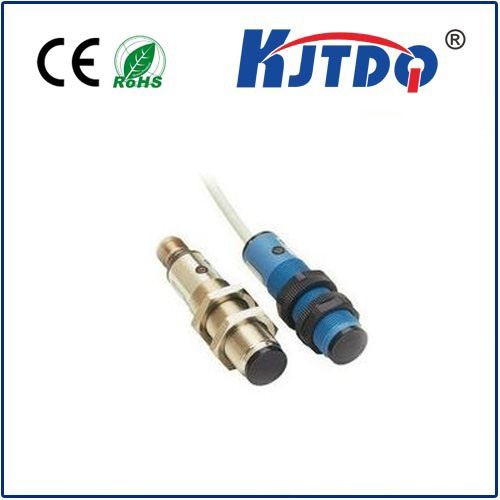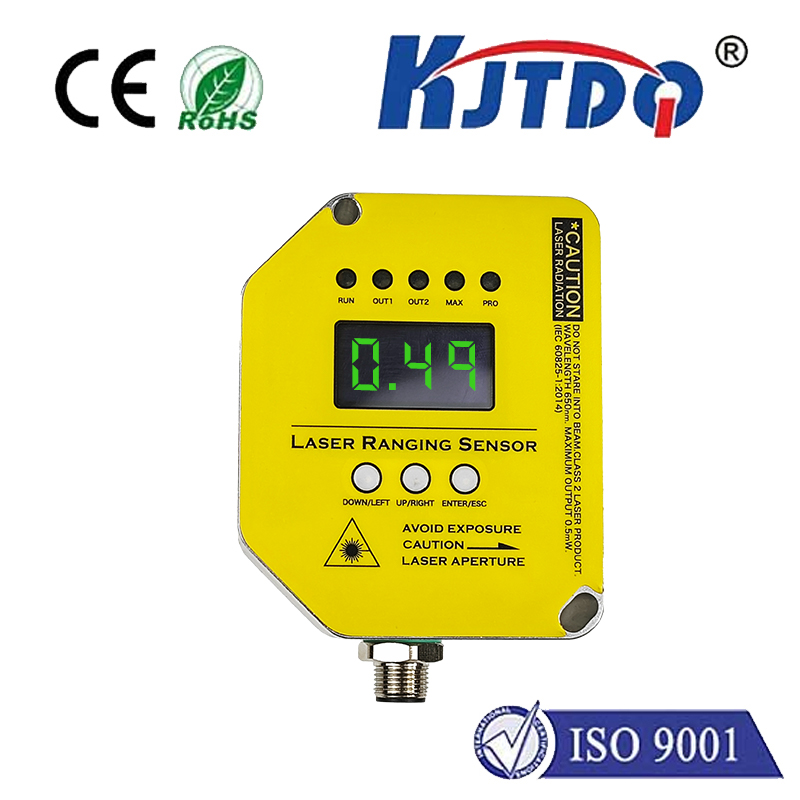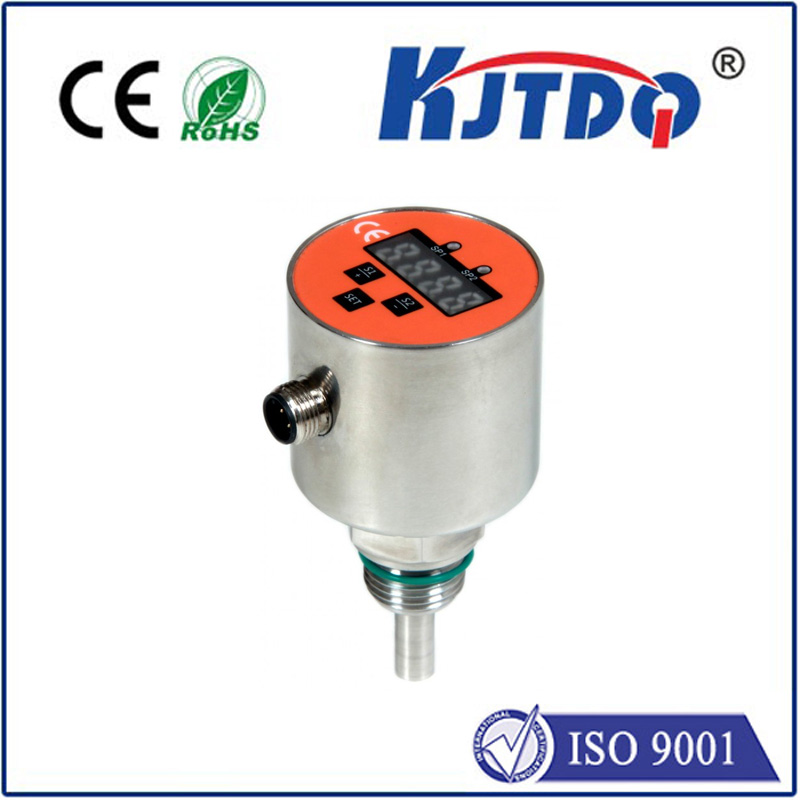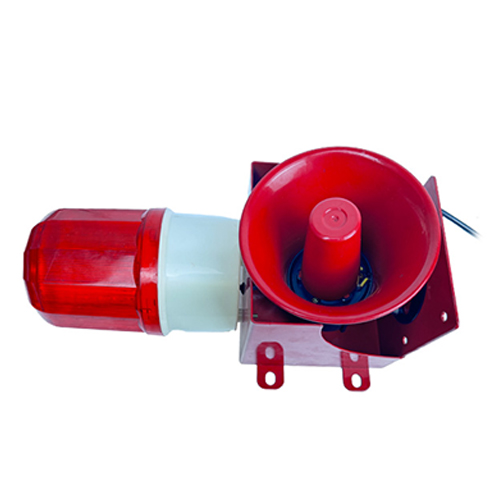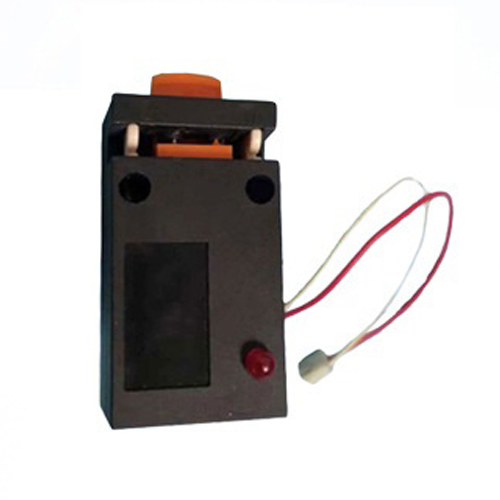npn 3wire no proximity sensor
- time:2025-09-09 03:19:40
- Нажмите:0
Beyond Sensors: Mastering NPN 3-Wire Systems Without Proximity Detection
Imagine a simple automation task: detect a box arriving on a conveyor to trigger a pusher. Proximity sensors are the go-to solution. But what if cost constraints, harsh environments, space limitations, or specific mechanical interactions make installing a traditional proximity sensor impractical or impossible? Suddenly, the reliable “eyes” of the machine are missing. This is where understanding and creatively applying the fundamentals of NPN 3-wire circuitry becomes crucial – enabling robust control without the sensor you might initially reach for.
Understanding the NPN 3-Wire Foundation
Before diving into alternatives, let’s solidify what we’re working with. An NPN 3-wire sensor (like a proximity switch, photoelectric eye, or limit switch) is a workhorse in industrial control. Its core function is to act as a switching element controlled by a physical event (e.g., target presence, light beam break, button press).
- Brown Wire (+V): Connects to the positive DC supply voltage (typically 10-30V DC).
- Blue Wire (0V / Common): Connects to the negative/ground side of the DC supply.
- Black Wire (Output): This is the switched output. In an НС sensor, this acts like a low-side switch. When the sensor is active (detects its target), the black wire connects internally to the blue wire (0V). This effectively “pulls down” the voltage on the black wire close to 0V relative to the positive supply.
The key takeaway for our “Датчик без приближения” scenario is this behavior: An active NPN 3-wire sensor provides a path to ground (0V) on its output wire. This ground signal is what programmable logic controllers (PLCs), counters, timers, or other control devices “see” as an input signal.

Why Go Sensor-Less? The Compelling Reasons
Deliberately designing a control circuit without a dedicated proximity sensor might seem counterintuitive. However, several practical situations necessitate it:
- Cost Reduction: In very high-volume applications or extremely budget-sensitive projects, eliminating even a moderately priced sensor can make a difference.
- Harsh Environments: Environments with excessive dirt, dust, oil, chemicals, or extreme temperatures can rapidly degrade or destroy standard sensors. Finding a sensor-rated for such conditions can be expensive or impossible.
- Space Constraints: Sometimes, there’s simply no physical room to mount a sensor near the critical detection point.
- Mechanical Simplicity: Certain mechanisms inherently provide a clear, reliable mechanical state that can be directly sensed without adding an electronic proximity device.
- Robustness Needs: In applications demanding ultimate reliability with minimal points of failure, removing an electronic sensor (which can fail) and replacing it with a direct mechanical or timing-based signal might be preferable.
Alternative Strategies: Faking the Sensor Signal
The goal is to replicate the NPN 3-wire output behavior (providing a ground path) without using the sensor itself. Here are effective alternatives:
- Mechanical Switches & Auxiliary Contacts: This is often the most robust solution.
- Limit Switches: A physically actuated limit switch (lever, roller, plunger type) can be placed to be triggered by the moving part you need to “sense” (e.g., the end of a cylinder stroke, a gate position, the presence of a part via a flag). Ensure the switch has a standard НС compatible output (SPST or SPDT N.O. or N.C. contacts). Wire its Common © to Blue (0V), its Normally Open (NO) contact to the Black output wire (if you want contact closure = active), and power the switch via Brown (+V) if it’s internally powered (most industrial limit switches are simple contacts). The closed contacts provide the direct path to 0V, mimicking the sensor.
- Relay/Contactor Contacts: If another device (like a motor contactor or a relay controlling a valve) reliably changes state when the desired event occurs, use one of its spare auxiliary contacts (again, ensure it’s a dry contact rated for your control voltage). Wire it exactly like the limit switch above: Common to Blue/0V, NO contact to the Black output wire.
- Timers & Counters (PLC Internal Logic): When mechanical feedback isn’t feasible, timing or counting events can be powerful substitutes.
- Time-Based Activation: If a machine cycle has a consistent duration or a specific actuator takes a predictable time to move, a timer within the PLC can be used. The timer’s done bit becomes your virtual sensor signal. For example, start a timer when a “Cycle Start” signal occurs. After 5 seconds (the time it takes for the cylinder to extend fully), the timer elapses. Use this timer-done bit internally in the PLC logic exactly as you would use the input from a physical sensor connected to the cylinder’s end position. You don’t need an external wire mimicking the sensor; the logic bit is the signal. This bypasses the need for an external NPN 3-wire device entirely for that specific detection point within the program. This requires precise timing knowledge and consistent machine operation.
- Event Counting: If an event reliably occurs a set number of times before the state you need to “detect” is reached, use a counter. For example, count parts passing an existing sensor until a batch is complete, then trigger the action.
- Direct Connection to Actuator Feedback (Carefully!): In some cases, the device you are controlling might already have a built-in position switch or feedback mechanism. Crucially, never directly connect solenoid valve coils or motor windings to a PLC input! However:
- If a solenoid valve has an integrated, isolated position reed switch designed for feedback, this can be used. Verify its output type is compatible (НС sinking) and wire it like a sensor: Brown (+V), Blue (0V), Black (Output Signal) to your PLC input.
- Motor contactor auxiliary contacts (as mentioned above) are the safe way to get feedback from motor activation.
Implementing the “No Sensor” Solution: Critical Considerations
Successfully replacing a proximity sensor demands careful planning:
- Safety First (Always!): Relying solely on timers instead of physical position feedback can be DANGEROUS. If a cylinder jams, the timer will still complete, potentially triggering the next unsafe action. Use this method only for non-critical sequencing or combine it with other safety measures (like mechanical end stops). Physical switches are generally safer for position verification.
- Signal Compatibility: Whatever alternative you choose (switch, contact, internal bit), ensure the final electrical signal reaching the PLC input card is compatible. Most industrial DC input cards are designed to work with НС sinking signals (seeking a path to 0V). Verify your PLC input type (Sinking/NPN vs Sourcing/PNP).
- Reliability & Maintenance: Assess the reliability of your alternative. A mechanical switch needs maintenance; a timer based on cycle time assumes consistent operation. Factor this into your design.
- Debouncing: Mechanical switches can “bounce,” sending multiple pulses when closing. PLC input cards often have filtering, but sometimes internal logic (a timer delay on the input instruction) is needed to debounce the signal effectively.
Выводы
While proximity sensors are incredibly useful, they aren’t the only path to effective automation control with NPN 3-wire principles

